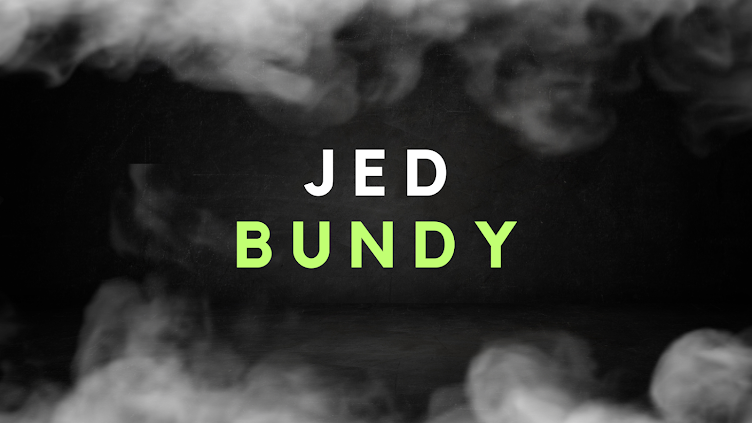Review: Elevator (2011)
Review: Exam (2009)
Unveiling the Tension: A Look Back at the 2006 Thriller "When a Stranger Calls"
Released in 2006, "When a Stranger Calls" is a psychological thriller that left audiences on the edge of their seats with its gripping narrative and suspenseful atmosphere. Directed by Simon West, the film is a remake of the 1979 classic of the same name. While the basic premise remains the same, the 2006 version adds a modern twist to the chilling tale of a babysitter facing a mysterious and threatening caller.
The story revolves around Jill Johnson (played by Camilla Belle), a high school student who takes on a babysitting job in a luxurious, secluded mansion. Her routine evening takes a horrifying turn when she begins receiving menacing phone calls from a mysterious stranger. Terrified, Jill contacts the police, who trace the call and inform her that the caller is inside the house. What follows is a heart-pounding game of cat and mouse as Jill must confront the stranger and survive the night.
The 2006 adaptation takes advantage of contemporary technology, incorporating cell phones and advanced security systems to intensify the suspense. The film taps into the fears of the digital age, where the line between safety and vulnerability is often blurred. The use of technology not only updates the story but also resonates with the audience's current anxieties.
Simon West employs various cinematic techniques to heighten the tension throughout the film. The use of shadow and light creates an eerie atmosphere, keeping the audience on edge. The expansive, isolated mansion becomes a character in itself, contributing to the overall sense of dread. The suspenseful soundtrack complements the visuals, enhancing the psychological impact of the film.
Camilla Belle delivers a compelling performance as Jill, effectively conveying the fear and desperation of her character. As the film primarily focuses on Jill's harrowing experience, Belle's ability to carry the emotional weight of the narrative is crucial to its success. The audience is drawn into her plight, making the suspense all the more palpable.
"When a Stranger Calls" received mixed reviews from critics, with praise for its suspenseful moments and modern updates but criticism for its adherence to the original plot. Some argued that the film relied too heavily on jump scares and predictable horror tropes. Despite this, it found success at the box office, tapping into the audience's fascination with psychological thrillers.
While the 2006 version of "When a Stranger Calls" may not have achieved the same iconic status as its predecessor, it remains a noteworthy entry in the psychological thriller genre. The film's ability to capture the essence of fear in the digital age, combined with its intense storytelling and modern twists, ensures its place in the annals of suspenseful cinema.
"When a Stranger Calls" (2006) may be a remake, but it successfully infuses the classic tale with contemporary elements, creating a gripping and suspenseful experience. With its modern adaptations, effective use of cinematic techniques, and strong lead performance, the film provides audiences with a thrilling ride into the heart of fear. Whether viewed as a standalone thriller or in comparison to its predecessor, the 2006 version of "When a Stranger Calls" remains a chilling exploration of the thin line between safety and terror.



